This post contains affiliate links, meaning if you click through and make a purchase, I may earn a commission at no additional cost to you.
This Sunday, January 20th, the streets of Donostia-San Sebastián will fill thousands of people for the annual Tamborrada festival. It is the most significant festival for donostiarras (the locals of Donostia) all year.
What is Tamborrada?
The festival will see more than 15,000 people playing the drums for a full 24 hours. At midnight on the eve of January 20th, kicking off the feast day of the city’s patron Saint Sebastian, the mayor will raise the city flag on Constitution Square to mark the beginning of Tamborrada.
Bands will most famously play the March of San Sebastián, composed by local musician Raimundo Sarriegui in 1861. It is heard repeatedly throughout this 24 hours of drumming.
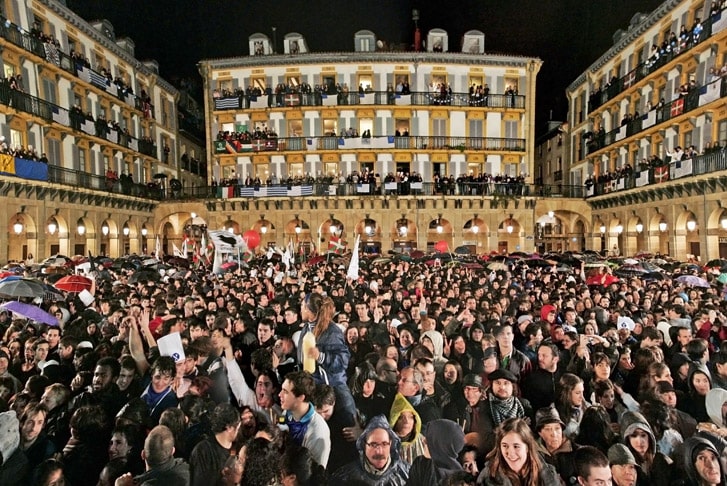
Over 125 local bands take part in the festival throughout the day, each with at least 20-50 military drums and 50-100 barrel drums. Many are accompanied by a brass band, flag bearers, and water carriers.
Why Tamborrada?
Tamborrada goes back to the days of the French occupation during the Peninsular War of the early 19th century.
I told you last week I love Napoleon trivia. Well here we are again connected to Napoleon! His French general Louis Emmanuel Rey took the city during the Peninsular War, and the Allied forces came for it in 1813.
British and Portuguese forces burned much of the city to the ground in the process of taking it from the French during the 1813 Siege of San Sebastián. As you can imagine, this was a dark time for the city and donostiarras.
The story goes that during the French occupation, French troops marched around the city banging their drums. How obnoxious.
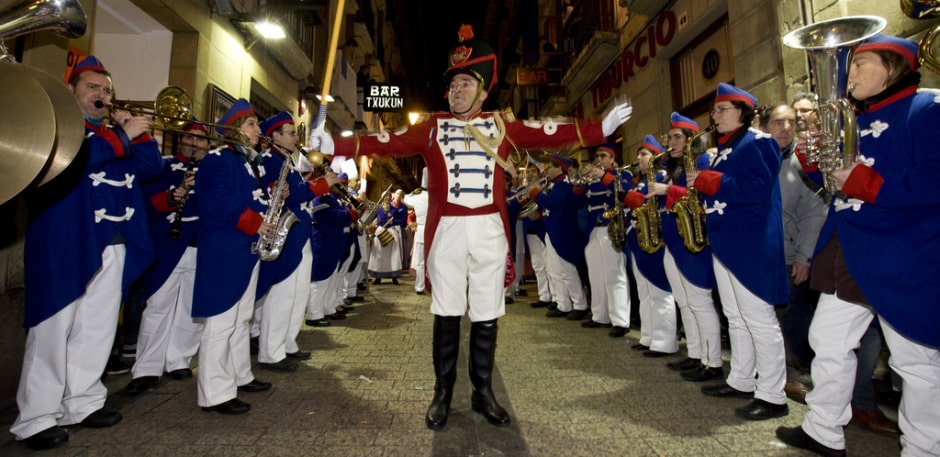
At the time there were only two fountains in the city, and local women walked to them every day to collect water for their homes.
Women fetching water who had to put up with all of this drumming started mocking the French soldiers by beating their buckets and water jugs in a show of defiance.
Other locals got involved by banging their pots and pans with wooden spoons. So even today, every year, donostiarras take to their drums.
Tamborrada is not so much an act of defiance against the French anymore, but an iconic local tradition.
According to Eusko Guide, “The celebration is also about overcoming tragedy, coming together as one and finding happiness. ”
What Happens During Tamborrada?
Tamborrada as it is today began in 1836 as part of the local carnival with local txokos (Basque gastronomic societies) forming bands. It has evolved into a full day of drum parades for Saint Sebastian’s feast day.
Tamborrada was even maintained during the dictatorship of Francisco Franco. Despite the repression against many Basque festivals during this time and the banning of carnival nationwide, the tamborrada of Donostia-San Sebastián was allowed to continue as an iconic festival of the city.
In honor of these first drummers, many of the typical costumes of the tamborrada are soldier’s uniforms, chef’s uniforms, and traditional Basque dress for women.

Many of the military uniforms worn reflect those of the French army and Gipuzkoan battalions during the time of the siege of the city.
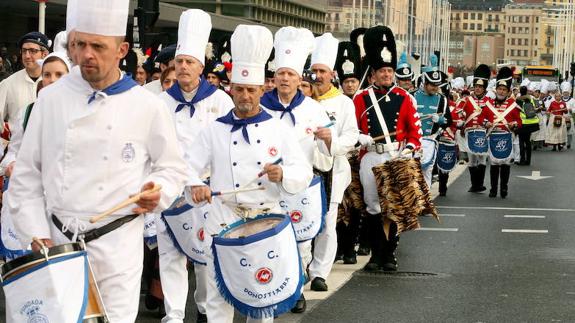
In the morning, a children’s tamborrada takes place with many of the local school children participating, drumming in traditional dress. The children’s tamborrada was first held in 1962 and is now an annual part of the festival.
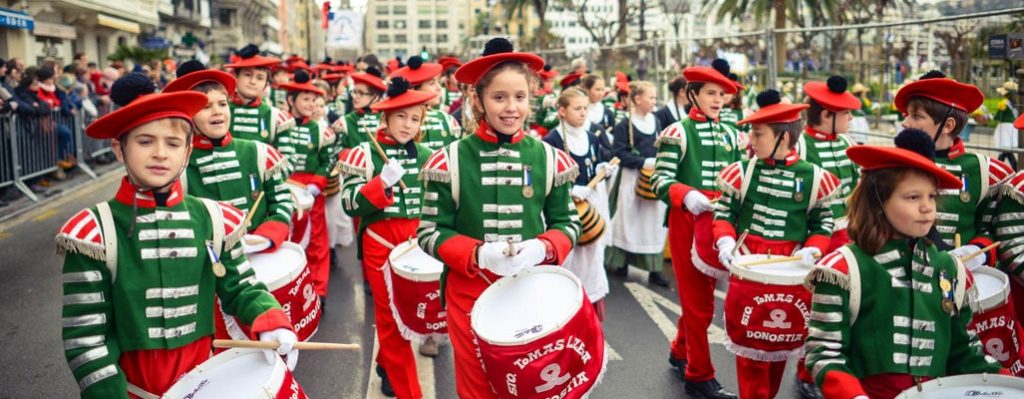
Tamborrada also sees big meals at the txokos, with lots of seafood and good wine. Many of the drum parades start at local txokos, traveling through the streets, stopping on occasion to sing the March of San Sebastián.
At the end of the 24 hour period, everyone gathers once again into Constitution Square for one last rendition of the March of San Sebastián. The flag is then brought down until the following year.
CONTINUE READING:
- Basques Are Unique: It’s in Our Blood
- 7 Videos About Basque Sheepherders in the United States
- How to Get Travel Tips from Locals in the Basque Country, Even If You Don’t Know Any!
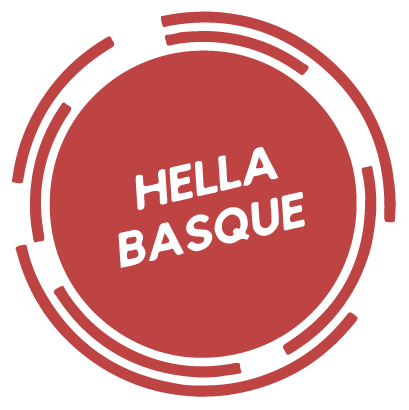

Facebook Comments